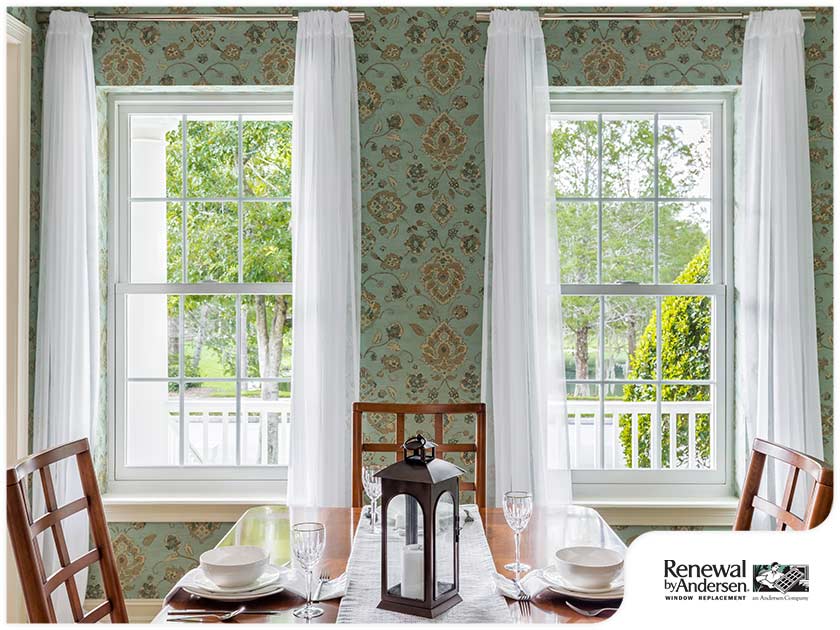MENU


Take a closer look at your windows, and you’ll notice the vertical support structures that seem to divide the glass areas into smaller squares. These beams are usually thick enough to serve as a good divider for the glass, but they are not as thick as the frame and the sash that hold the entire structure of the window together. These features are called by many different names, but they all pertain to the same general component.
Mullions, muntins, stiles and sashes are all common terms thrown around when choosing window replacement products. These are the same vertical and horizontal dividers that provide the window with depth and character.
Muntins are a general term used to describe any vertical divider. They are usually present in windows, but they can also be found in walls, doors and, sometimes, furniture. In the past, window muntins allowed builders to evenly distribute the weight of large windows vertically along the walls. This is important because older homes often did not have strong enough walls to support their windows. Today, muntins are used largely for aesthetic purposes as some window styles simply look bare without them.
Before the industrial revolution, it was difficult to manufacture large panels of glass for use in windows. Builders often used smaller panels and secured them in place using mullions, creating a sort of mosaic of small but uniform glass panels.
Like muntins, mullions also offered support for early window replacement products. Today, they are usually used to enhance the visual appeal of a window. Although, certain styles like replacement casement windows and some French patio doors still make use of mullions in their design.
Get high-quality replacement windows at Renewal by Andersen® Midwest, your trusted local provider of replacement windows, doors and other related services. Give us a call at 866-609-5033, or fill out our contact form to schedule a virtual consultation and request a free estimate today.